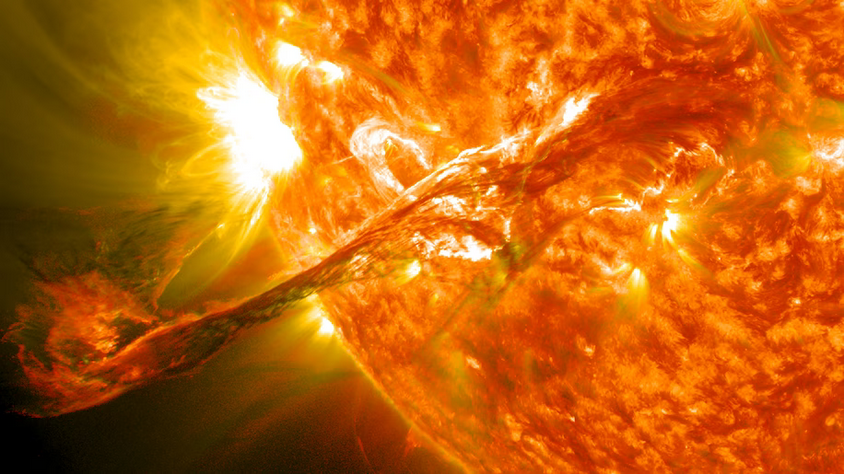In an article on June 28th, the Washington Post tried to allay recent concerns—hyped on social media—about the impact of future solar storms. A typical scary narrative foretells “magnetic fields unleashed by a solar superstorm rip through Earth’s magnetosphere, sending currents surging through human infrastructure...We look up from our phones and computers to catch a glimpse, and the internet as we know it blinks out.” But as Bob Sanders of UC Berkeley observed , SSL’s Stuart Bale is quoted in the article with a cooler head. “The more we know about magnetic reconnection on the sun,” Bale said “the more predictive power it’s going to give us for space weather.”


